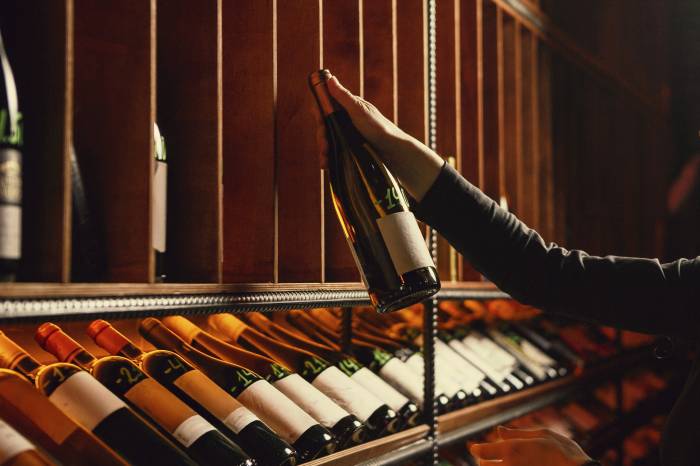Global wine market faces challenges as tax policies shape prices and trade
Diverse taxation strategies impact producers, consumers, and international competition while governments balance revenue and public health concerns
2025-08-29

Wine taxation has become a central issue in the global beverage industry, with each country applying its own set of rules and rates. This diversity in tax policy directly affects wine prices, international trade, and the overall balance of the wine market. Understanding how wine taxes have evolved helps producers, importers, and consumers anticipate trends and adapt their strategies.
The history of wine taxation dates back to ancient times. The Romans were among the first to impose duties on imported wine, using these revenues to fund their military and infrastructure projects. In medieval Europe, local lords charged tolls on barrels transported through their territories, shaping local trade and reinforcing economic power structures. In France, wine taxation changed with political upheavals. Under the Ancien Régime, taxes mainly targeted small producers. After the French Revolution in 1789, taxes became more uniform, helping to regulate and control the national wine market.
Today, tax policies on wine vary widely from country to country. The European Union allows member states some flexibility. France maintains moderate taxes to support its producers, while countries like Sweden and Finland impose high duties aimed at limiting consumption and funding public health initiatives. In North America, differences are also significant. In the United States, each state sets its own wine tax. California keeps rates low to encourage its local industry, while Canada applies higher taxes that affect both prices and competitiveness for domestic producers.
In Asia, tax approaches are also diverse. China has reduced some import duties to boost foreign wine consumption, while Japan maintains stable rates that support a balanced market. These choices influence both demand and the variety of wines available to consumers.
Taxes have a direct impact on the retail price of wine. In countries with high taxes, bottles can cost significantly more than in places with lower rates. This often slows domestic consumption and pushes producers to focus on export markets where they can remain competitive. For example, Scandinavian consumers pay much more for wine than those in Spain or Italy due solely to tax differences. Producers must adjust their pricing strategies and target markets where they can achieve better margins.
Taxation also shapes international trade flows. When import duties are lowered, as seen in China after its agreement with Australia, trade accelerates and new market leaders emerge. Conversely, increased tariffs can slow exports, as happened when the United States imposed new taxes on certain European wines, affecting French exports in particular.
For producers, adapting to these fiscal realities is essential. High taxes can erode profit margins, prompting some wineries to diversify their markets or invest in wine tourism as an additional revenue stream. Large companies often have resources to adapt quickly, but small producers may struggle with artificially inflated prices caused by taxation.
Many governments justify high wine taxes as a public health measure designed to discourage excessive drinking by aligning wine with other heavily taxed alcoholic beverages. However, some experts argue that these policies may harm the wine trade without significantly reducing consumption levels. In France, where wine holds deep cultural significance, any proposed tax increase sparks strong opposition from industry professionals who see wine as a heritage product rather than just another alcoholic drink.
Looking ahead, the future of the global wine market will depend heavily on fiscal decisions made by governments worldwide. The opening of new Asian markets is driving global demand for wine, but rising health concerns could lead to further tax increases in some regions. Some countries are already experimenting with differentiated systems that offer lower rates for organic wines or those with lower alcohol content—policies that encourage innovation and diversification within the industry.
Producers are responding with various strategies: optimizing logistics to cut costs, emphasizing quality and brand image to justify higher prices despite taxes, and using marketing campaigns that highlight authenticity and terroir. These efforts help offset the impact of taxation by appealing to consumers willing to pay more for premium products.
The evolution of global wine taxation reflects a delicate balance between government revenue needs, public health goals, producer competitiveness, and consumer preferences. Each change in tax policy has immediate effects on prices at retail stores and influences both consumption patterns and market dynamics worldwide.
Founded in 2007, Vinetur® is a registered trademark of VGSC S.L. with a long history in the wine industry.
VGSC, S.L. with VAT number B70255591 is a spanish company legally registered in the Commercial Register of the city of Santiago de Compostela, with registration number: Bulletin 181, Reference 356049 in Volume 13, Page 107, Section 6, Sheet 45028, Entry 2.
Email: [email protected]
Headquarters and offices located in Vilagarcia de Arousa, Spain.